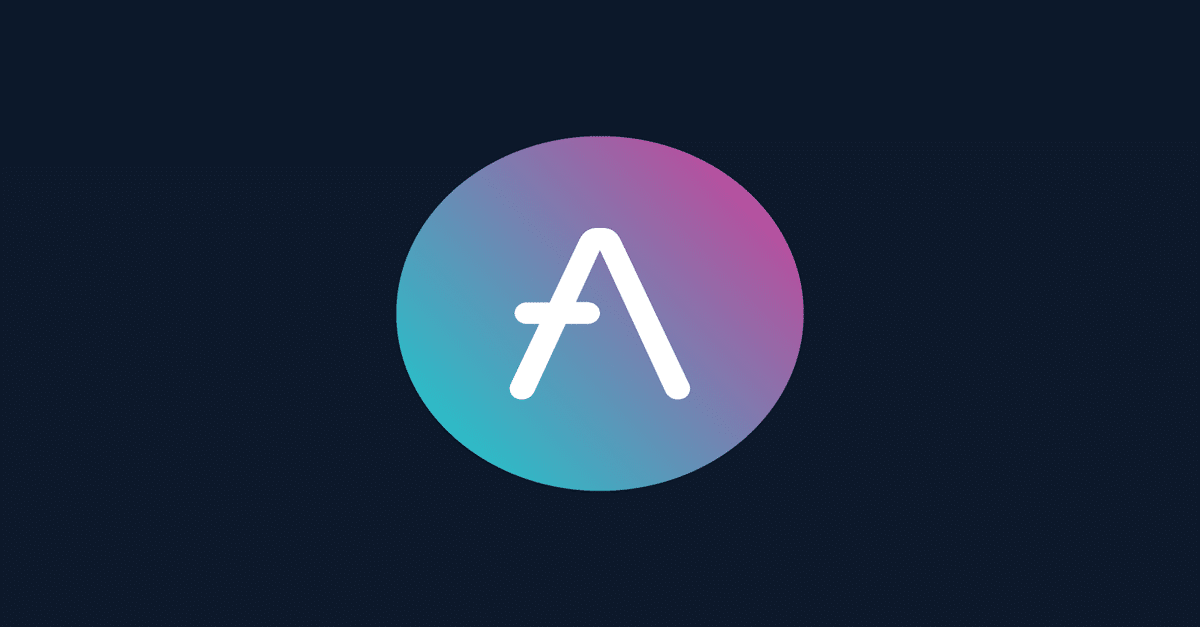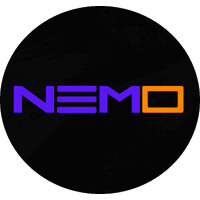10 Best Large-Scale Language Models (LLMs)
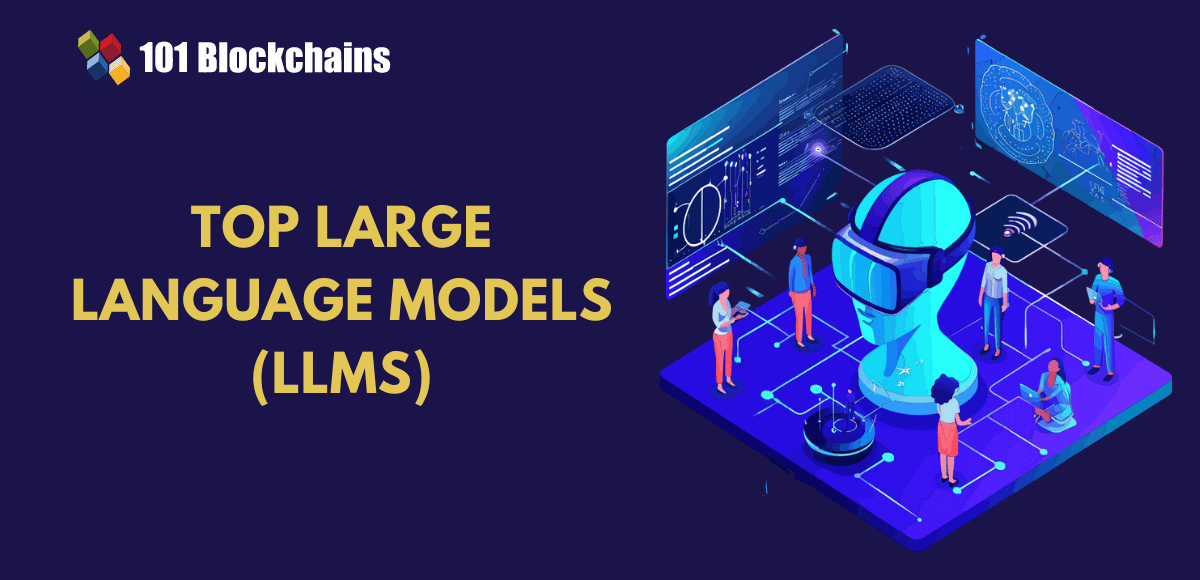
Large-scale language models are unique AI systems that rely on deep learning to learn from large datasets to understand natural language queries and generate new text. The best large-scale language models on the market today have found their growth path with the support of attention mechanisms. Attention mechanisms are special machine learning techniques that help simulate human cognitive abilities. LLM can identify patterns in text, predict the next word in a sentence, and translate languages.
LLM is one of the prominent highlights in the field of artificial intelligence due to its power to generate contextually relevant and consistent content. LLM can help automate repetitive tasks, thereby improving communication and content creation. Tech giants like Google, Meta, and Microsoft have come up with their own LLMs that offer a variety of attractive features. Let’s take a closer look at the best large-scale language models that have the potential to revolutionize the future of AI.

Discover the world’s best LLMs
Large-scale language models are becoming more popular because they are applied in various fields. There are many types of large-scale language models available worldwide that can meet a wide range of purposes. You can use LLM to build customer service or general purpose chatbots, sentiment analysis tools, and language translation. LLM can also help with data analysis, content moderation, and converting text into computer code.
Choosing an LLM can be a daunting task when there are multiple options. However, you can use your goals as a benchmark for choosing an LLM. It is also important to pay attention to other factors such as ease of use, integration compatibility, scalability, customization, data privacy, and language support. Identify the best LLM that fits your needs from the list of top entrants in the LLM ecosystem.
GPT-4
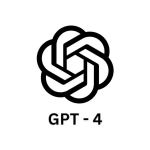 The first addition to the most advanced LLMs is GPT-4, the driving force behind ChatGPT Plus. It is the latest version in the list of the best LLMs created by OpenAI. GPT-4 can perform natural language processing tasks with the help of simple text prompts. GPT-4 has been noted for its versatility in performing both technical and creative tasks.
The first addition to the most advanced LLMs is GPT-4, the driving force behind ChatGPT Plus. It is the latest version in the list of the best LLMs created by OpenAI. GPT-4 can perform natural language processing tasks with the help of simple text prompts. GPT-4 has been noted for its versatility in performing both technical and creative tasks.
Users can leverage GPT-4 to generate captions and add images to categorize them based on various characteristics. GPT-4 also overcomes the limitations of previous versions by being able to generate long-form content. The ability to process text and image inputs together is one of the most notable strengths of GPT-4. GPT-4 can also generate content without harmful bias, although there are concerns about inaccuracy in responses in some cases.
Enroll in the Certified ChatGPT Professional Certification Course to master real-world use cases with hands-on training. Gain practical skills, enhance your AI expertise, and unleash the potential of ChatGPT in a variety of professional settings.
Burt

BERT is a useful LLM for NLP tasks including sentiment analysis, translation, and sentence classification. It can be used to train machine learning models with text-based data to perform a wide range of tasks. The most important advantage of BERT is that it ensures better contextual relevance in the results due to its bidirectional context representation. BERT also provides multilingual features and provides flexibility for fine-tuning by adding additional output layers.
Erni

ERNIE’s most outstanding feature is its ability to perform a variety of NLP tasks with improved training thanks to its knowledge graph. Its ability to understand multiple languages makes it suitable for applications that require cross-language understanding. It is also important to note that the use of the knowledge graph may limit the use of ERNIE in niche industries.
Take your first steps in learning artificial intelligence with AI flashcards
Google Gemini
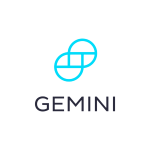 Google Gemini is also another prime example of a large-scale language model that can revolutionize the future of AI. This is one of the large-scale language model examples that shows Google’s entry into the LLM ecosystem. Gemini is versatile in performing various types of complex NLP tasks and guarantees better performance. The large training data set of Google Gemini ensures that text can be generated with higher contextual sensitivity and accuracy.
Google Gemini is also another prime example of a large-scale language model that can revolutionize the future of AI. This is one of the large-scale language model examples that shows Google’s entry into the LLM ecosystem. Gemini is versatile in performing various types of complex NLP tasks and guarantees better performance. The large training data set of Google Gemini ensures that text can be generated with higher contextual sensitivity and accuracy.
Gemini is optimized to work in real-time applications with the ability to provide faster responses, such as customer service chatbots. It can be used for a variety of NLP tasks, such as language translation, text generation, summarization, and sentiment analysis. The option to fine-tune Gemini with specific data sets provides the flexibility to customize LLM to address specific business needs.
killer whale

Orca also enhances small language models for better inference by mimicking the inference process of large models using explanation tuning. It also reduces energy consumption associated with LLM tasks by using novel algorithms for processing power optimization. Orca also provides flexibility for fine-tuning on niche data sets, allowing it to adapt to industry-specific requirements.
Cohere

Cohere is the best platform for building high-performance large-scale language models through user-friendly APIs. It also helps users fine-tune models on their data to provide more accurate and personalized responses based on specific situations and business requirements. The most important aspect of Cohere is transparency about language model training.
Identify new ways to unleash the potential of generative AI in your business use cases and become a generative AI technology expert through the Generative AI Skill Path.
Palm

The advanced version, or PaLM 2, has emerged as a top choice for research and has also been integrated into a variety of product applications. Due to the diverse datasets used for training, PaLM is useful for complex inference tasks, including language translation and coding.
Claude

Users may prefer Claude over other types of large-scale language models to ensure consistency in style and tone across customer interactions. Claude can also be used to extract valuable information from business documents and integrate into existing technology stacks without requiring advanced expertise.
llama

Llama also has features that can help with complex tasks like conversation generation and language translation. You can use it to generate code and get explanations of your code in natural language.
hawk
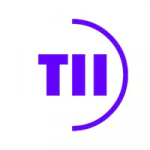
The best part about Falcon is that it incorporates the latest advances in AI for better natural language understanding and generation. Falcon also supports faster decoding without compromising quality.
Want to understand the importance of ethics in AI, ethical frameworks, principles, and challenges? Enroll in our AI Ethics course today.
Final Thoughts
The list of large-scale language models has shown some of the best options to try for NLP tasks. Large-scale language model examples have shown unique characteristics that make them useful for a variety of applications. The ability to use LLM does not come at the cost of learning complex technical concepts. Anyone can leverage the power of large-scale language models with the right guidance.
The scope of large-scale language models extends beyond simple NLP tasks such as natural language understanding and generation. You can use LLM to code and debug, along with getting explanations of your code in natural language. Learn more about the basics of LLM and how to use it to your advantage today.



